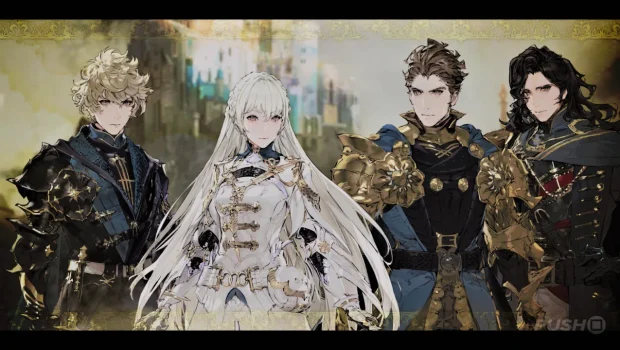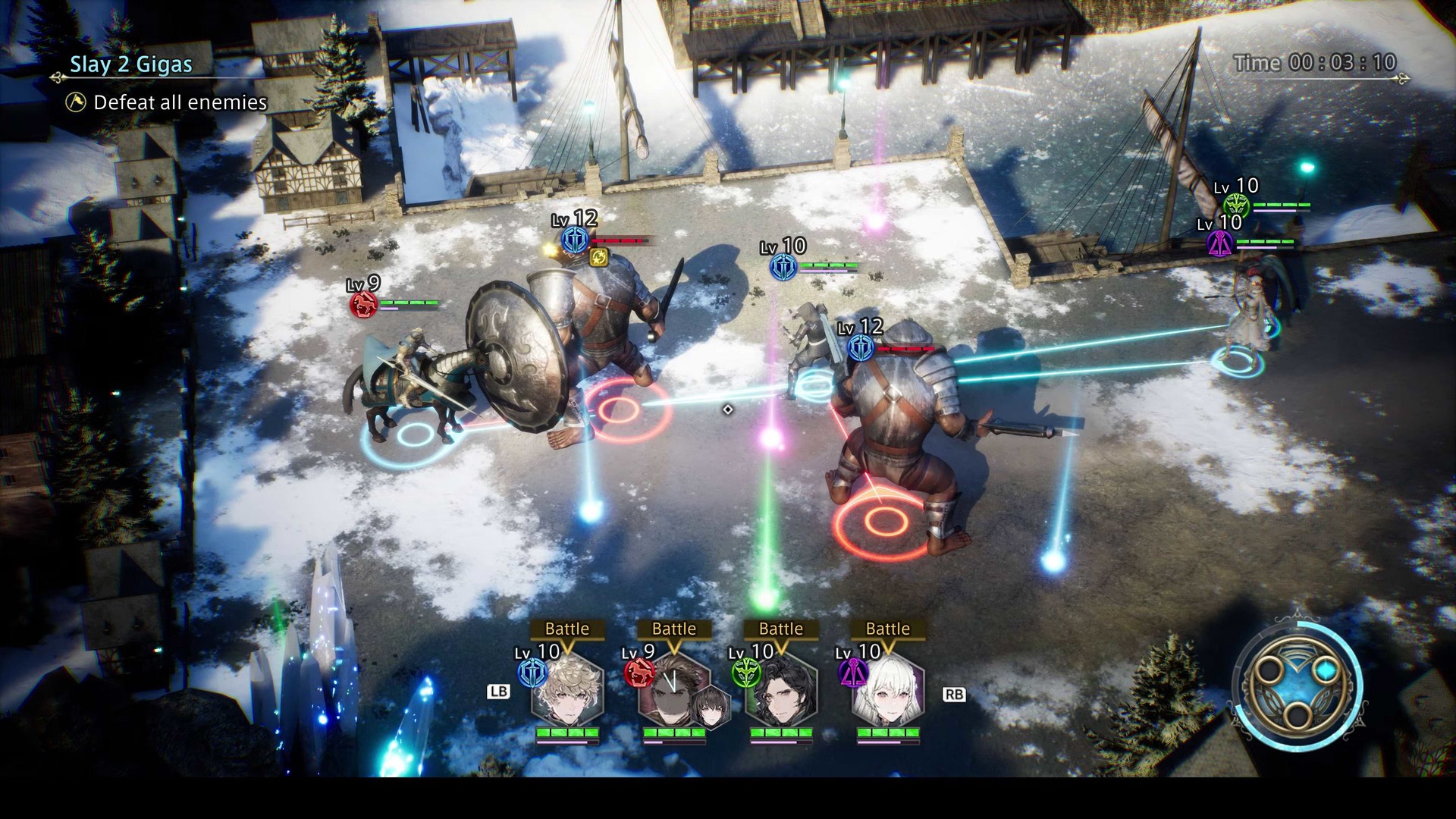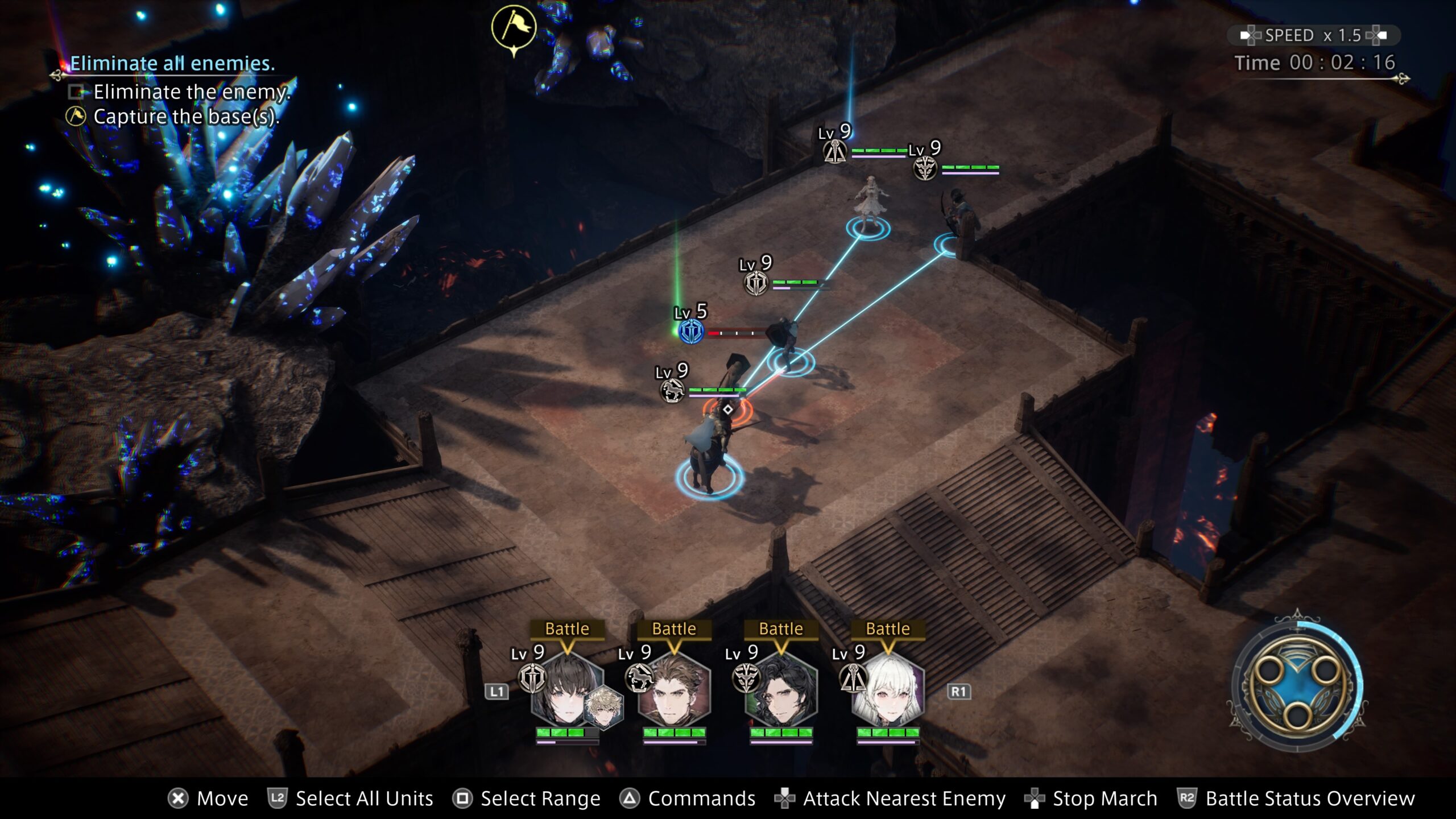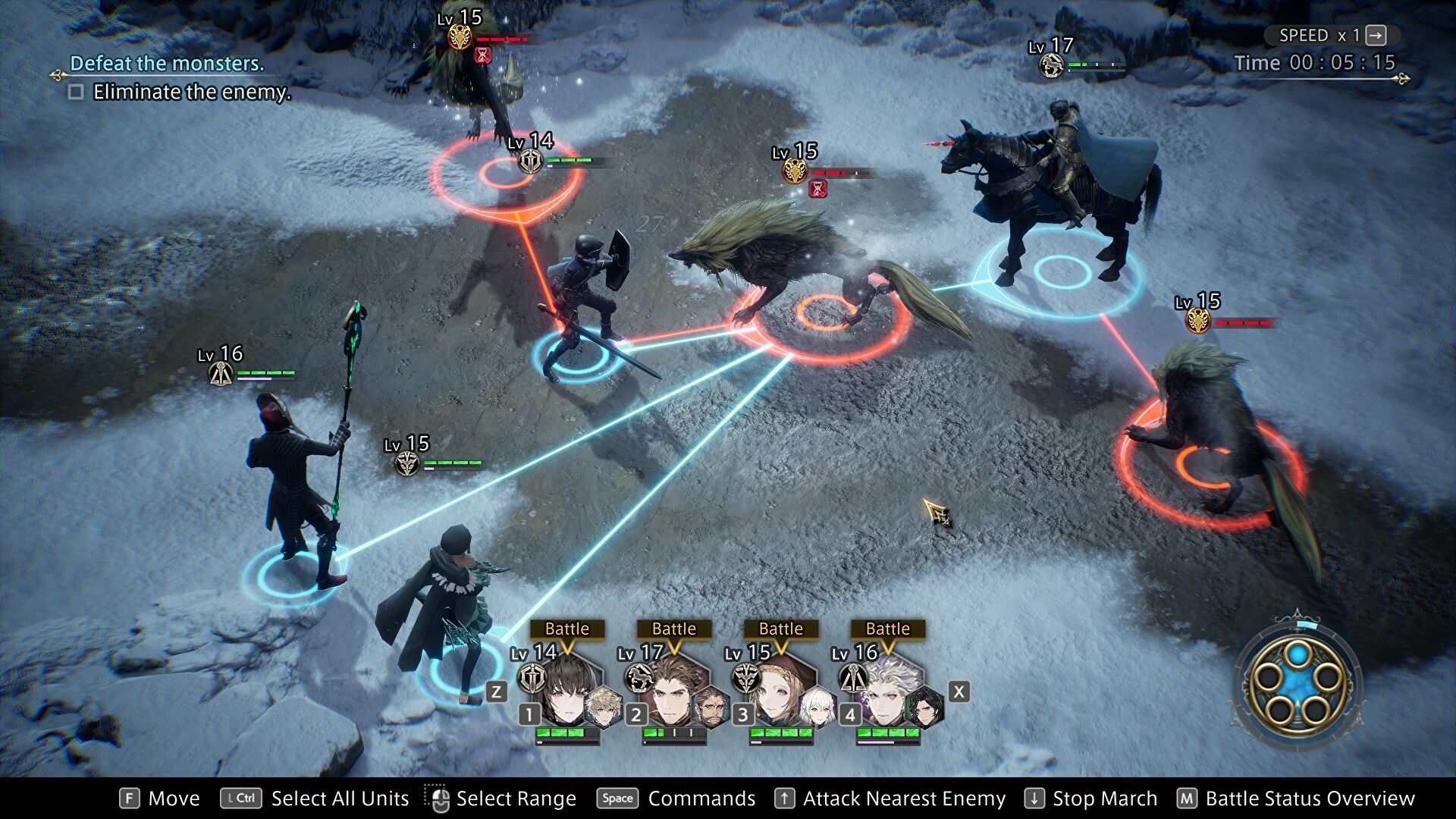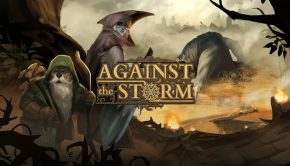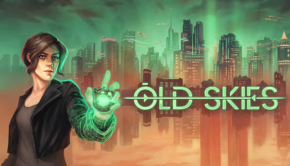The DioField Chronicle Switch Review
Summary: An interesting real time take on the strategy JRPG genre. Unfortunately bogged down by a generic story and a lack of purpose between missions.
2.5
Bore Games
It’s hard not to think of the superb Fire Emblem: Three Houses when playing The DioField Chronicle. Both are tactical JRPGs with expansive combat and a bevy customisation options. Both feature a plot where wandering warriors are pulled into a broader conflict that could have grave implications for the world at large, and both feature a base that you can explore outside of combat while getting to know your party members and brush up on the lore of the world. Unfortunately DioField falls short of Fire Emblem in just about every way, despite some quite addictive gameplay.
DioField Chronicle aims to strike the mature grounded tone of Game of Thrones. There are plenty of scenes featuring heated discussions about political motivations and machinations, and many clashing ideologies. It is a complex tale, and one that suffers all too often by telling and not showing. There are many static, wordy conversations that progress the plot and it’s not quite gripping enough to keep you engaged, especially early on in the game.
As the game progresses there are some fairly wild twists and big character moments. The main problem is that these don’t necessarily feel earned. There is also an overreliance on the games library to fill in blanks that the main narrative and sidequests don’t cover. There are a few characters whose fates are only revealed in the reams of text that the library provides, and sometimes the motivations of certain characters are better explained in the library than the actual story.
A lot of this boils down to the main character Andrias being a bit of a bland lead. He doesn’t show a personality for much of the game, and there are various moments when other characters outright say his personality traits without really showing them. There are interesting characters to be found though. The white mage Waltaquin is delightfully unhinged and the noble Iscarion is a beacon of decency in a cast where most hunger for power.
The real meat of the game is to be found in the robust combat system. Actions take place in real time, allowing for pauses when issuing your units commands. It works surprisingly well for a tactical RPG, lending combat a frantic feel and ensuring that you are watching all units at all times. There is also an element of strategy present. Marching forward with your units and hoping to overpower the enemies rarely succeeds. You need to make use of the different classes and positioning to flank enemies and deal damage via ranged and close up attacks.
Your position matters in DioField Chronicle. If you can find a way to maneuver your units to attack enemies from behind, extra damage will be dealt. This adds an intriguing tactical wrinkle as you can use ranged attackers to draw focus from a distance and then sneak your up-close damage dealers around the back. Positioning also comes into play when enemies utilise special abilities. As they charge up the display shows the exact area that damage will be dealt, which leads to frantically moving your troops to avoid additional damage. Your own special abilities also make use of the area around you. Some will push enemies back to allow for some breathing room, or some will put your character right in the middle of the action to deal out huge damage.
The downside is that the maps themselves don’t allow for much additional strategy. Some will have multiple routes and destructible items, but things like terrain type and higher and lower ground are absent from the map design. For a game where much of the combat revolves around being in the best possible location, it seems like a missed opportunity that the map design doesn’t allow for tactical advantages.
Level design gripe aside, the combat is generally fun and addicting. The nature of the real time design means that most missions can be completed within ten minutes easily. This makes it ideal for the Switch, where quick bouts can be had on the go. There are also plenty of different characters, builds and abilities to experiment with too. Each of the four units in battle gets their own support unit, who can switch with the main unit if they are in trouble or if a need to change tactics arises. Experimenting with different lineups is recommended, as those in the active party earn more EXP than those in reserve and you will quickly learn that the ideal party is not just the one you start with.
There are a host of upgrades available, for abilities, weapons, summons and stat boosts. These are all accessible in the home base between battles. You can explore the home base and chat to various characters and NPC’s, but the charm of a place like Fire Emblem’s Garreg Mach is lost here. The building itself feels fairly lifeless and without the addictive social aspect of Fire Emblem the characters don’t get much to do here. The home base feels more similar to the castle building of Suikoden. As characters are introduced they gradually fill the base to give the impression of a growing organisation. What it lacks is the fun mini games of Suikoden, meaningful links to the plot like Fire Emblem, and just a lack of charm in general. Like much of the plot, exploring the base is a fairly lifeless experience.
There are a lot of big ideas in The DioField Chronicle that don’t form a cohesive whole. JRPG fans who love a good story might have a hard time becoming engaged with what is on offer here, especially in the first couple of chapters. The combat may be engaging and is a novel spin on traditional tactical RPGs but the simple fact remains that it is not enough on its own to recommend.


